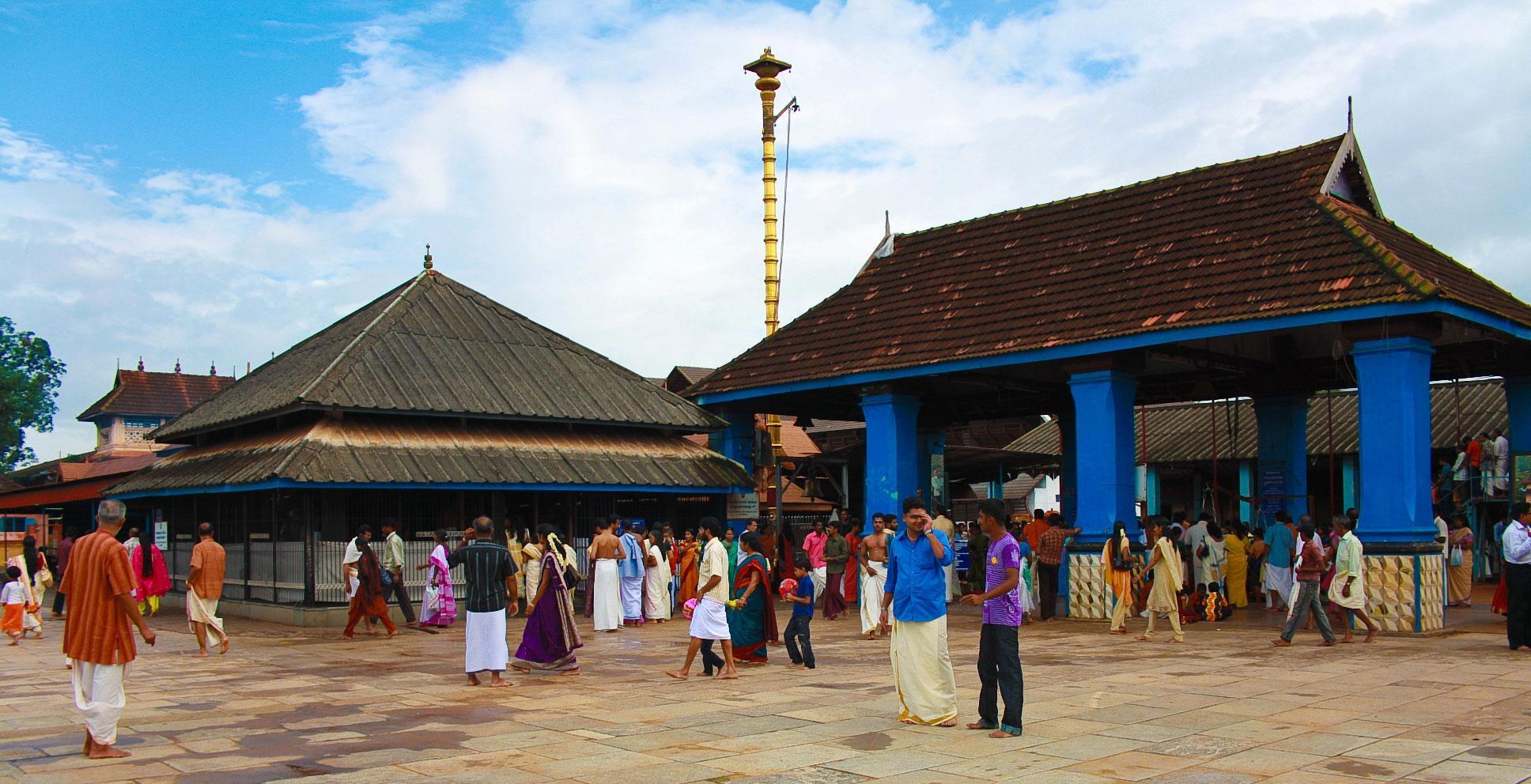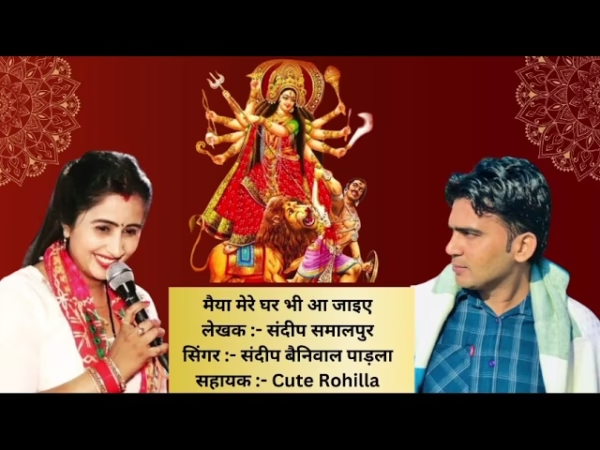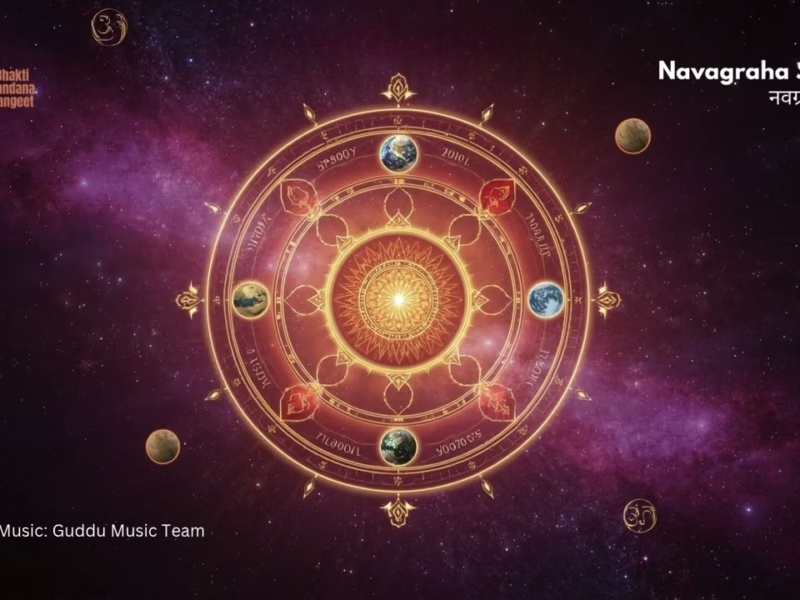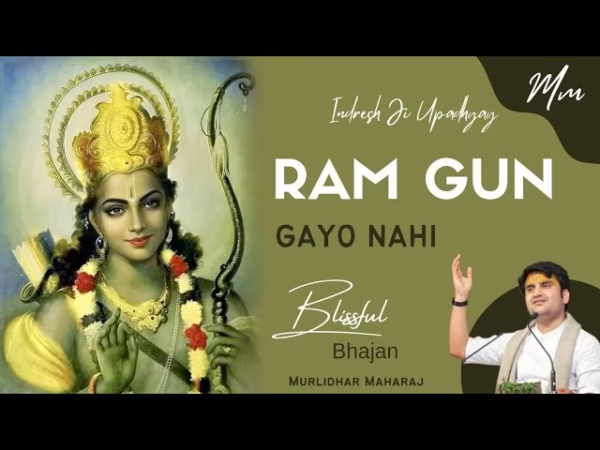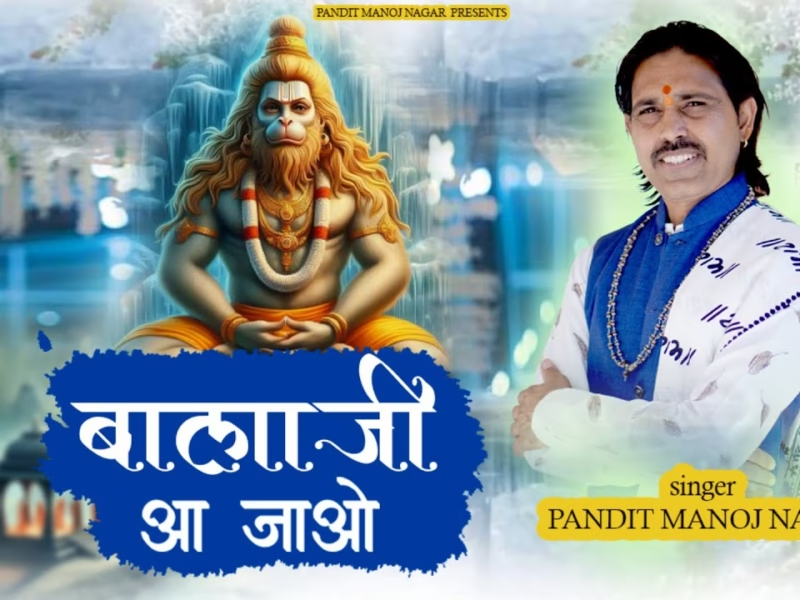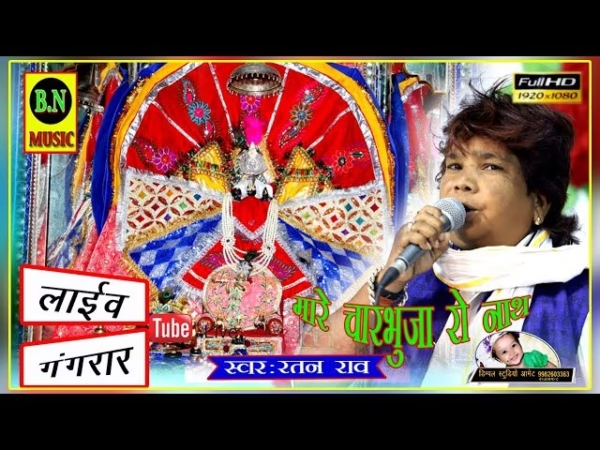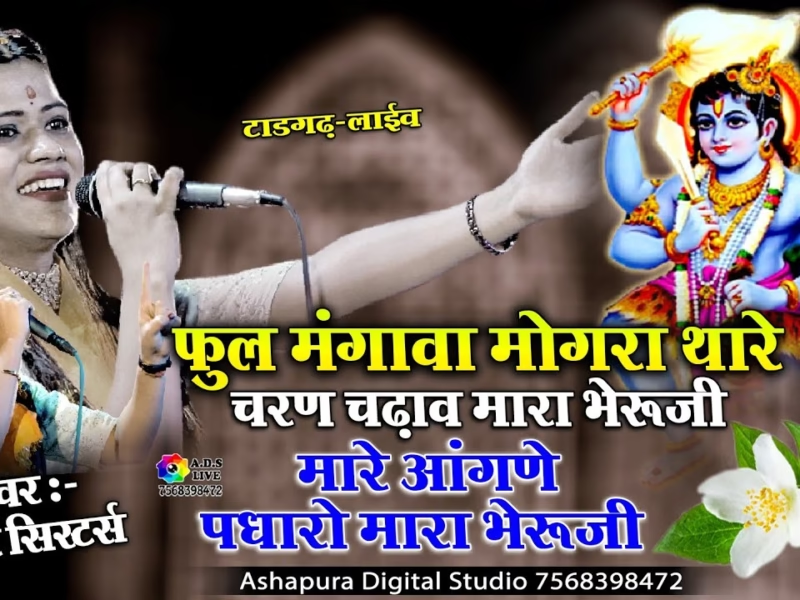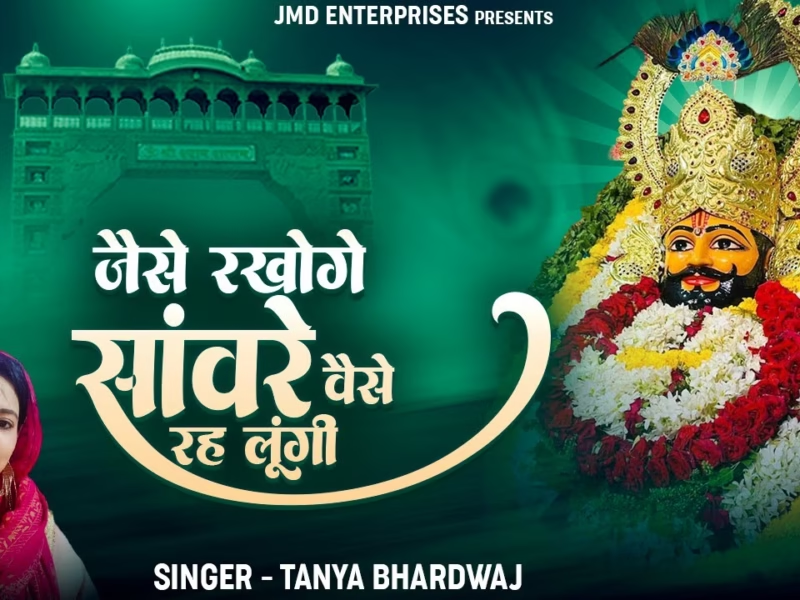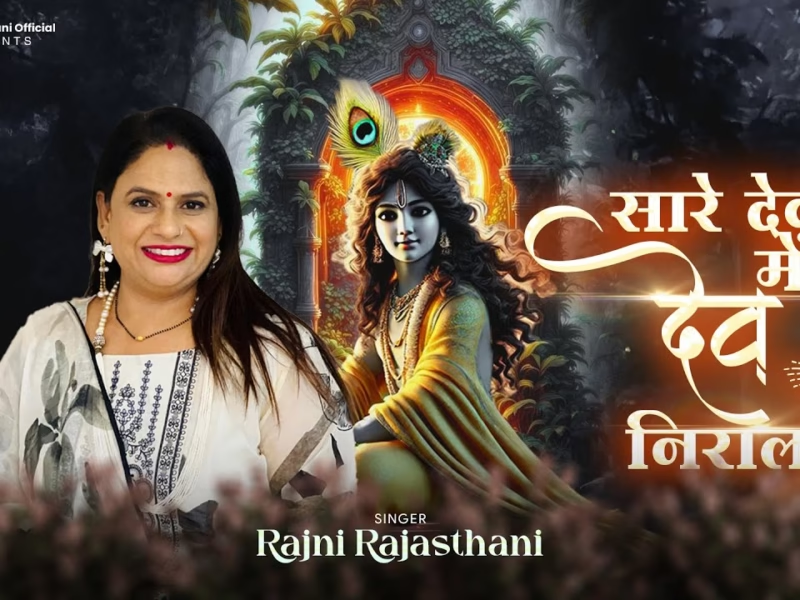Chottanikkara Temple, Ernakulam, Kerala
| Date built: | – |
|---|---|
| Deity: | – |
| Architectural style: | – |
| Major festivals | – |
| Locale: | Chottanikkara |
| District:: | Ernakulam |
| Address: | Chottanikkara, Ernakulam, Kerala 682312 |
| Phone | 04842711032 |
The Chottanikkara (correction of Jyotiannakkara) Devi Temple is a famous temple of mother goddess Lakshmi Devi known as Sree Bhagavathi. Lakshmi is believed to be residing in Chottanikkara along with Lord Vishnu. The temple is located at Chottanikkara, a southern suburb of the city of Kochi in the state of Kerala, India and is one of the most popular temples in the state. In terms of temple architecture, Chottanikkara temple stands out to be an ultimate testimonial for the ancient vishwakarma sthapathis (wooden sculpture) along with Sabarimala temple. Sree Mahamaya Bhagawati (Aadiparashakthi), the goddess of power, is one of the most popular deities in Kerala and the supreme mother goddess in Hinduism. Chottanikkara Devi is worshipped at the temple, in three different forms: as Maha Saraswati in the morning, draped in white; Maha Lakshmi at noon, draped in crimson; and as Maha Kali in the evening, decked in blue. Supreme lord Shiva, Ganesh & Lord Dharmasastha (Ayyappa) is also worshiped at the temple. People suffering from mental illnesses & commonly visit the temple, as Chottanikkara devi is said to cure her devotees. One should not miss the ‘Guruthi Pooja’ in the ‘Keezhkkaavu’ temple at Chottanikkara. Goddess ‘keezhkkaavu devi’ is believed to be ‘Bhadrakali'(Mahakali), in her fierce form or ugra form. Bhadrakali, is a form of mother Kali, supposed to be born from the third eye of lord Shiva, to kill the demon king ‘Daruka’. Guruthi pooja is a ritual done at late evening to invoke goddess Mahakali. Earlier ‘Guruthi Pooja’ was done only on Fridays. But nowadays, it is performed every day.
‘Chottanikara ‘Makam thozhal’ is the famous religious temple festival.
Architecture
Legend / Local stories
The area in which the temple is situated was once a dense jungle that is to said to be infested by yakshis and raktharakshas. A tribesman named Kannappan used to live in this forest. He was a devout worshipper of Kali, and would ritually sacrifice a cow to her every Friday(the day of the Goddess). One day, he found a beautiful black calf near the forest. He kidnapped the calf and took her to his altar. Just before he sacrificed the calf, tribesman’s daughter Manimanga stepped in and pleaded to him to stop the sacrifice. The man loved his daughter and thus let her keep the calf as a pet. Unfortunately, Manimanga died some days later, possibly due to a snake bite. Kannappan broke into tears and decided to cremate her body. To his surprise, his daughter’s corpse disappeared. A nearby priest told him the reason for such an occurrence; Kannappan used to forcibly take young calves from their mothers and sacrificed them. As punishment, he met the same fate when his daughter died. However, when the tribes man looked for the calf, he found two divine stones in its place. The priest again tells him that the stones were actually divine and that they represented the divine couple, Vishnu and Lakshmi, and to pray before these stones everyday and he would be forgiven for what he had done in the past.
Since Kannappan’s death, the stones were forgotten. One day, a grass-cutter came to the forest to cut some wild grass. Since her knife was blunt, she sharpened it on what she thought was a big stone. Only it was a stone, but then it started bleeding. Horrified at what she saw, she brought the matter to the public’s attention. A nearby priest was called to solve the problem. After devaprasnam, it was concluded that the stones were divine.
Another legend associated to the temple was that of the spiritual leader Shankaracharya(Adi Shankara). During the time where he lived, Adi Shankara realised that there wasn’t a single temple in Kerala that signified the worship of goddess Lakshmi. As a result, he himself went to the Kodachadri hills in Karnataka and meditated for many days for the goddess to appear before him. His meditation bore fruit and before him stood the stunningly beautiful goddess, clad in red. On enquiry, he said that he would like to bring the goddess to Kerala and establish a temple dedicated to her worship. This way the people from Kerala would not have to go such far off distances to worship her, as in the case for those who were old and aged. After a lot of persuasion, the goddess agreed; she would follow him by foot wherever he went, but only on one condition. If he trusts her, then he was not allowed to look back to see if she followed him or not. If he did, then wouldn’t go any further. He agrees and they proceed walking. They were walking down the Kodachadri hills, with Shankara leading the way and goddess’ anklets tinkling and letting him know that she was with him. After walking some distance, the tinkling stopped all of a sudden. Shankara waited a few moments and stole a quick look backwards to find the goddess still with him, watching him with reproach. In keeping with the condition, the goddess stopped right there. Shankara, however, was not one to give up. He apologized profusely for breaking the condition and repeatedly begged and pleaded with the goddess to go with him to Kerala. After many pleas, the goddess agrees to a compromise. From early hours of morning, she would come and appear before the devotees at the Chottanikkara temple. Then in the afternoon, she would return to the spot where she stopped. This is the spot which would turn out to be the Mookambika temple. Since then, before the doors of the main sanctum in Mookambika temple were opened, the sanctum doors of the Chottanikkara temple were opened during early morning hours in honour of worshipping goddess Saraswati, where the idol is clad in white garments.
The idol at Keezhkavu didn’t come until after the temple was built. One night, a Brahmin was walking along a moonlit trail. Suddenly, he saw a beautiful woman, standing all alone. He offered to escort her home, and she agreed. On the way, he had to stop by a priest’s house to whom he had to return a holy manuscript. Reluctantly, the woman agreed to wait for him outside the house. But when the priest enquired the Brahmin as to who had accompanied him at such odd hours of night, he tells the priest that a woman followed him. Sensing danger, the priest warns him that the woman could be a Yakshi. The helpless Brahmin asks the priest for help, to which the priest gives some holy stones and says that whenever he felt that the woman was near him, he had to throw the stone at the woman without turning back. This would slow her down and further increase the distance from him. Using these stones the Brahmin had to reach the chottanikkara temple lest the yakshi would not harm him. The Brahmin does so accordingly, but as he reached the steps of the temple’s sanctum, the woman held him down and transformed into her true form; a blood thirsty vampire. The Brahmin calls for help, to which goddess Parvatiappeared and transformed into Mahakali, an aspect representing her anger. She subdues the vampire and kills her. The goddess then went to wash herself in the pond, where the Kali idol was found hundreds of years later by Vilwamangalam of Guruvayoor.
Photo Gallery
How to Reach:
Contact Details
Official Address

